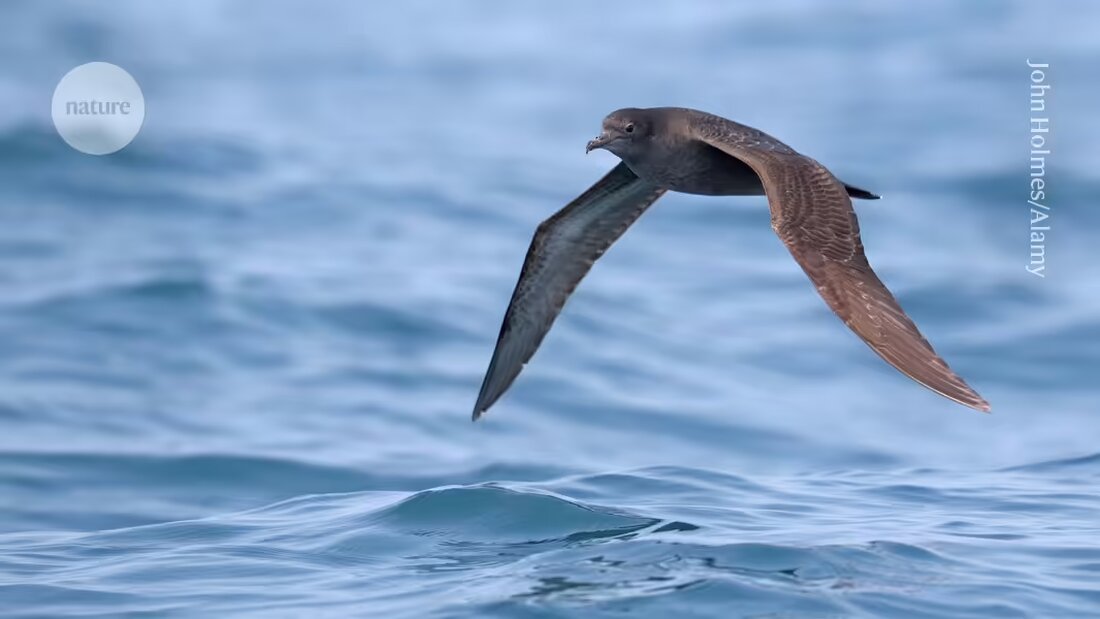Why hasn't the deadly bird flu reached Australia yet?
Australia is spared from the dangerous bird flu. Scientists are investigating why this virus has not arrived yet.

Why hasn't the deadly bird flu reached Australia yet?
Australia and the rest of Oceania are the last regions free of the highly pathogenic strain of bird flu that is surging worldwide massive deaths in birds and caused a major outbreak dairy cattle in the United States. Why animals in this southern region have so far escaped infection remains a mystery, but scientists have several theories.
Frank Wong, a virologist at the CSIRO Australian Center for Disease Preparedness in Geelong, explains that Australia is geographically isolated and has no live poultry imports. Many bird species in the country are endemic and do not migrate to regions where the virus spread is.
However, Michelle Wille, a virologist at the Center for Pathogen Genomics at the University of Melbourne, emphasizes that the arrival of the virus in Australia is “a question of when, not if”.
Bird examination
Wille believes long-distance migrants such as shorebirds and seabirds that migrate to Australia from Siberia and Alaska via Southeast Asia are most likely to bring the virus into the country.
This week, Australian scientists, including Wille, began testing the first of nearly 1,000 migratory birds for the virus. In the coming weeks, the team will capture Wedge-tailed Shearwaters (Ardenna pacifica) and Short-tailed Shearwaters (Ardenna tenuirostris) as they migrate from northern fall to southern spring. At night, the scissorbills sleep in holes in the ground and are relatively easy to catch. Researchers will swab the birds for the virus and draw blood to test for antibodies that indicate previous exposure. They will specifically test for the H5N1 clade 2.3.4.4b, which has caused massive bird deaths and disease in some mammals.
Researchers will travel to seven locations across Australia, ranging from Broome in the northwest to Lord Howe Island in the east and Phillip Island in the south.
Deadly ducks?
Wille points out that another possible route of transmission of the virus is via Ducks could lead. Scientists believe that migrating ducks and geese in other parts of the world can spread the disease without contracting it themselves.
That's because ducks' epithelial cells have a sensor, known as RIG-I, that detects an invading influenza virus and triggers an immune response that normally ensures it is fought off. Kirsty Short, a virologist at the University of Queensland in Brisbane, explains that ducks may have developed such defense mechanisms through repeated infections with less pathogenic forms of the virus in Asia, giving them existing immunity. Although they don't get sick from H5N1, they can still transmit the virus, and ducks congregate in lakes and ponds with other birds, increasing the chance of spreading the disease.
Isolated ecosystems
Another reason why Oceania is currently free of the virus is because the region's duck species are endemic and do not tend to migrate abroad.
This isolation is partly explained by a biogeographic boundary known as the Wallace Line, first described by naturalist Alfred Russel Wallace in 1859. This line runs through Indonesia. Many animal species tend to stay on one side of the line or the other, and because of this isolation, the animals on each side are different. Michael Andersen, an evolutionary biologist at the University of New Mexico in Albuquerque, describes this phenomenon as “a great mystery” of the world.
The sharp dividing line could also mean that the virus is not adapted to animals east of the Wallace Line, explains Wong. “Avian influenza viruses, including this highly pathogenic avian influenza virus, are particularly well adapted to certain species,” he says. Birds in Australia may have a genetic profile that avoids the virus's usual route of infection, but so far no one has tested this hypothesis.
Although many duck species are short-distance migrants and tend not to cross the Wallace Line, there are some species—including the Pacific black duck (Anas superciliosa) and the pied wigeon (Dendrocygna guttata)—that do, and Wille believes they could be introducing H5N1 to the region.
If the virus is detected, government veterinarians will intervene immediately to euthanize the affected population, which happened when H7N3 and H7N9 strains of the flu were detected in Victoria in May.
Short says the impact on Australia's birds, mammals and ecosystems is unclear if it occurs, but that many species are likely to be vulnerable. “It’s a big research gap,” she adds.

 Suche
Suche
 Mein Konto
Mein Konto
